- Home
- Quizzes
- My Quiz Activity
- Newsletters
- Sports Betting
- MY FAVORITES
- Add Sports/Teams
- SPORTS
-
NFL
- NFL Home
- Arizona Cardinals
- Atlanta Falcons
- Baltimore Ravens
- Buffalo Bills
- Carolina Panthers
- Chicago Bears
- Cincinnati Bengals
- Cleveland Browns
- Dallas Cowboys
- Denver Broncos
- Detroit Lions
- Green Bay Packers
- Houston Texans
- Indianapolis Colts
- Jacksonville Jaguars
- Kansas City Chiefs
- Las Vegas Raiders
- Los Angeles Chargers
- Los Angeles Rams
- Miami Dolphins
- Minnesota Vikings
- New England Patriots
- New Orleans Saints
- New York Jets
- New York Giants
- Philadelphia Eagles
- Pittsburgh Steelers
- San Francisco 49ers
- Seattle Seahawks
- Tampa Bay Buccaneers
- Tennessee Titans
- Washington Commanders
-
MLB
- MLB Home
- Arizona Diamondbacks
- Atlanta Braves
- Baltimore Orioles
- Boston Red Sox
- Chicago White Sox
- Chicago Cubs
- Cincinnati Reds
- Cleveland Guardians
- Colorado Rockies
- Detroit Tigers
- Houston Astros
- Kansas City Royals
- Los Angeles Angels
- Los Angeles Dodgers
- Miami Marlins
- Milwaukee Brewers
- Minnesota Twins
- New York Yankees
- New York Mets
- Oakland Athletics
- Philadelphia Phillies
- Pittsburgh Pirates
- San Diego Padres
- San Francisco Giants
- Seattle Mariners
- St. Louis Cardinals
- Tampa Bay Rays
- Texas Rangers
- Toronto Blue Jays
- Washington Nationals
-
NBA
- NBA Home
- Atlanta Hawks
- Boston Celtics
- Brooklyn Nets
- Charlotte Hornets
- Chicago Bulls
- Cleveland Cavaliers
- Dallas Mavericks
- Denver Nuggets
- Detroit Pistons
- Golden State Warriors
- Houston Rockets
- Indiana Pacers
- Los Angeles Clippers
- Los Angeles Lakers
- Memphis Grizzlies
- Miami Heat
- Milwaukee Bucks
- Minnesota Timberwolves
- New Orleans Pelicans
- New York Knicks
- Oklahoma City Thunder
- Orlando Magic
- Philadelphia 76ers
- Phoenix Suns
- Portland Trail Blazers
- Sacramento Kings
- San Antonio Spurs
- Toronto Raptors
- Utah Jazz
- Washington Wizards
-
NHL
- NHL Home
- Anaheim Ducks
- Arizona Coyotes
- Boston Bruins
- Buffalo Sabres
- Calgary Flames
- Carolina Hurricanes
- Chicago Blackhawks
- Colorado Avalanche
- Columbus Blue Jackets
- Dallas Stars
- Detroit Red Wings
- Edmonton Oilers
- Florida Panthers
- Los Angeles Kings
- Minnesota Wild
- Montreal Canadiens
- Nashville Predators
- New Jersey Devils
- New York Islanders
- New York Rangers
- Ottawa Senators
- Philadelphia Flyers
- Pittsburgh Penguins
- San Jose Sharks
- Seattle Kraken
- St. Louis Blues
- Tampa Bay Lightning
- Toronto Maple Leafs
- Vancouver Canucks
- Vegas Golden Knights
- Washington Capitals
- Winnipeg Jets
- NCAAF
- NCAAM
- Boxing
- Entertainment
- Lifestyle
- Golf
- MMA
- Soccer
- Tennis
- Wrestling
- More Sports
- RESOURCES
- My Account
- YB on Facebook
- YB on Twitter
- YB on Flipboard
- Contact Us
- Privacy Policy
- Terms of Service
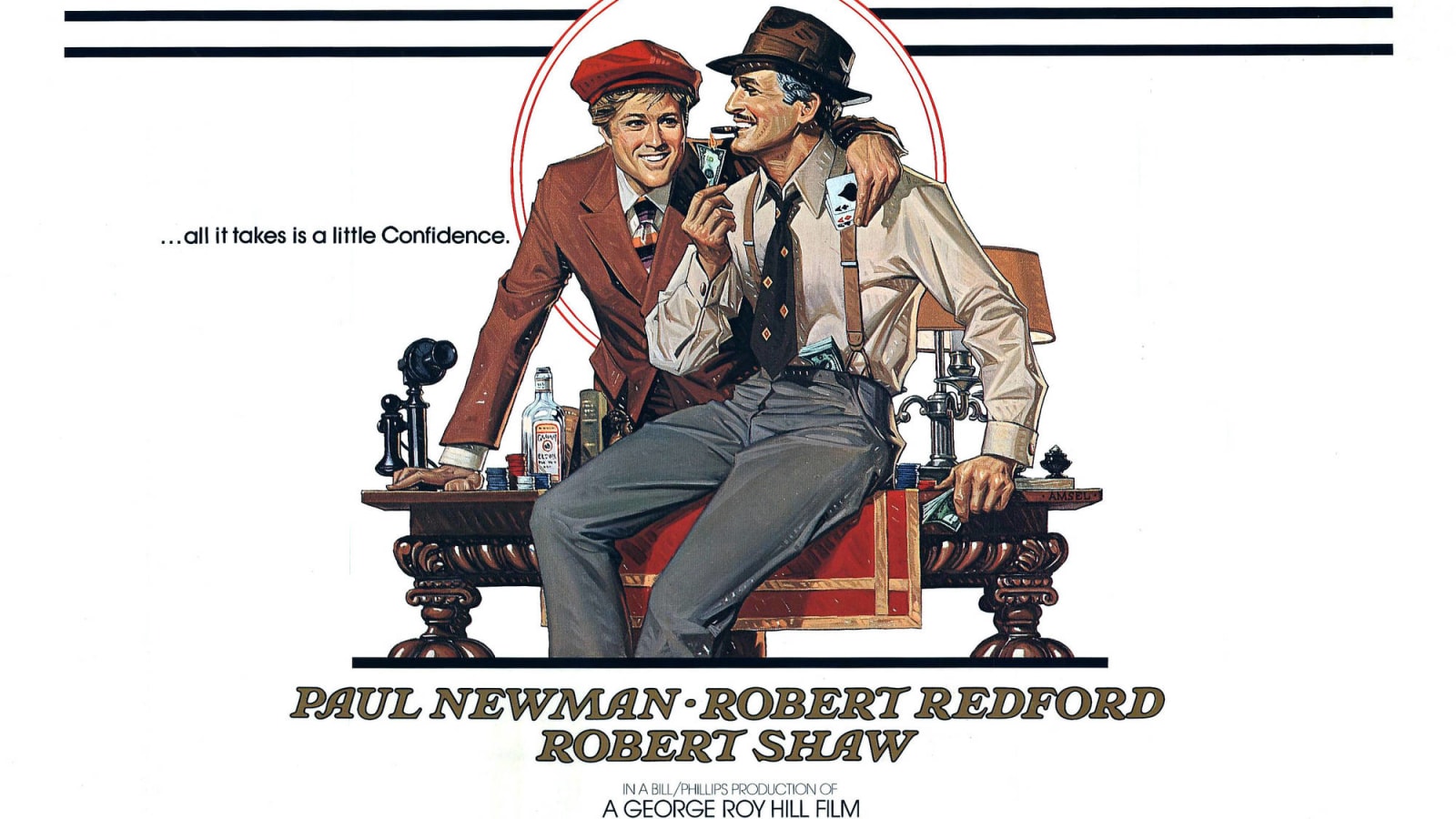
20 facts you might not know about 'The Sting'
People love a good con film or heist movie or caper flick. They also love Robert Redford and Paul Newman. What happens when you put that all together? You get 1973’s “The Sting.” While the movie is a throwback in many ways, it was still a big success at the time and has continued to have a fine reputation. Here are 20 facts about “The Sting,” though they might not help unravel the plot.
The screenwriter made his career with “The Sting”
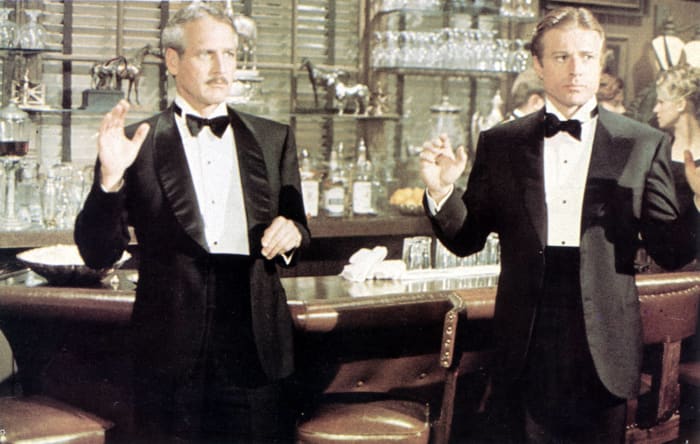
David S. Ward was working at a company that produced educational films when he decided to write the script for “The Sting.” At the time, he had no track record as a screenwriter. His first two scripts turned into movies both came out in 1973, “The Sting” and “Steelyard Blues.”
Some accused Ward of plagiarism
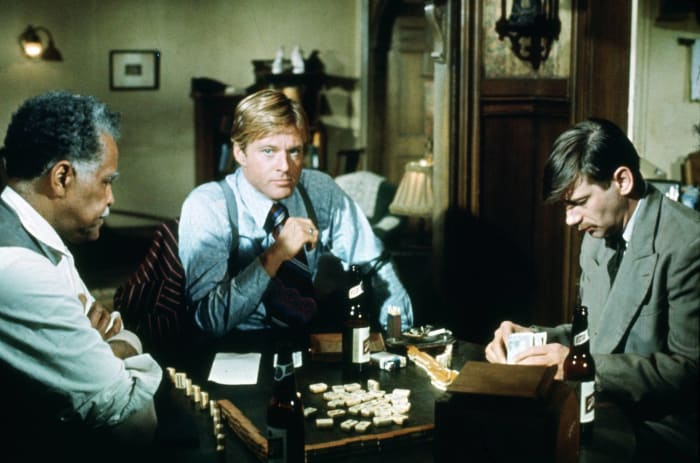
David Maurer had written a non-fiction book called “The Big Con” which was about two con artist brothers Fred and Charley Gondorff. Ward wrote a movie about two (non-brother) con artists, one of whom is named Henry Gondorff. Maurer was suspicious enough to sue Universal, citing plagiarism. Universal settled out of court, which annoyed Ward, who said that he used many different non-fiction sources in researching his book. On top of that, TV writer Roy Huggins said that the first half of “The Sting” is plagiarized from an episode of his show “Maverick.”
The film was a “Butch Cassidy” reunion
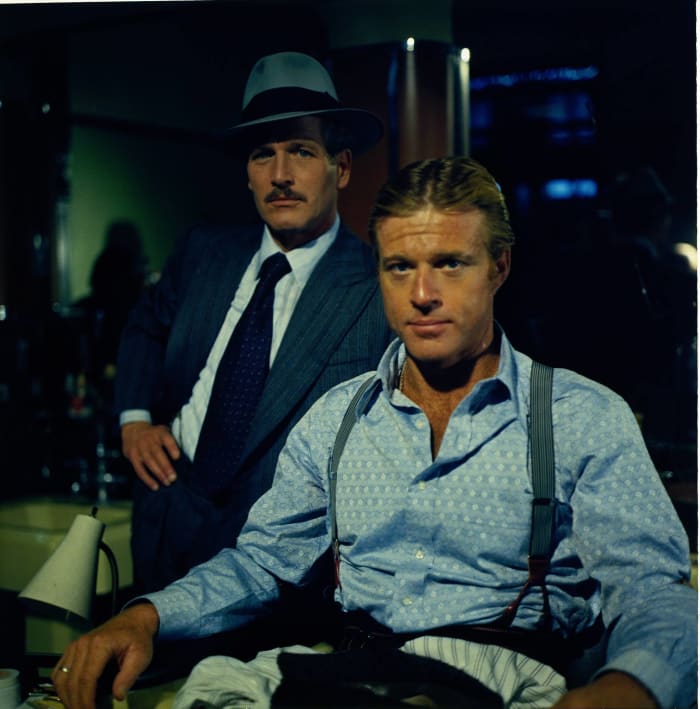
“The Sting” reunited the stars of “Butch Cassidy and the Sundance Kid” in Newman and Redford. That’s not all, though. Both movies were also directed by George Roy Hill, who was nominated for Best Director for “Butch Cassidy.”
Gondorff was originally a tertiary character

“The Sting” is about Johnny Hooker (Redford) teaming up with the older con artist Henry Gondorff (Newman) to take down the violent crime boss Doyle Lonnegan. Maybe that was always true, but initially, Gondorff was a minor character. He was also a slovenly guy. Then Newman signed on for the role. Suddenly, the role got bigger, and Gondorff got more dapper.
Robert Shaw wasn’t Hill’s first choice for Lonnegan

Hill wanted American actor Richard Boone for the role of Doyle Lonnegan, but Newman also sent the script to Robert Shaw, an English actor who grew up in Scotland, which probably made more sense for a character named “Doyle Lonnegan.” Shaw liked the part and signed on for the film. Two years later, he’d star in “Jaws.”
Shaw accidentally went method
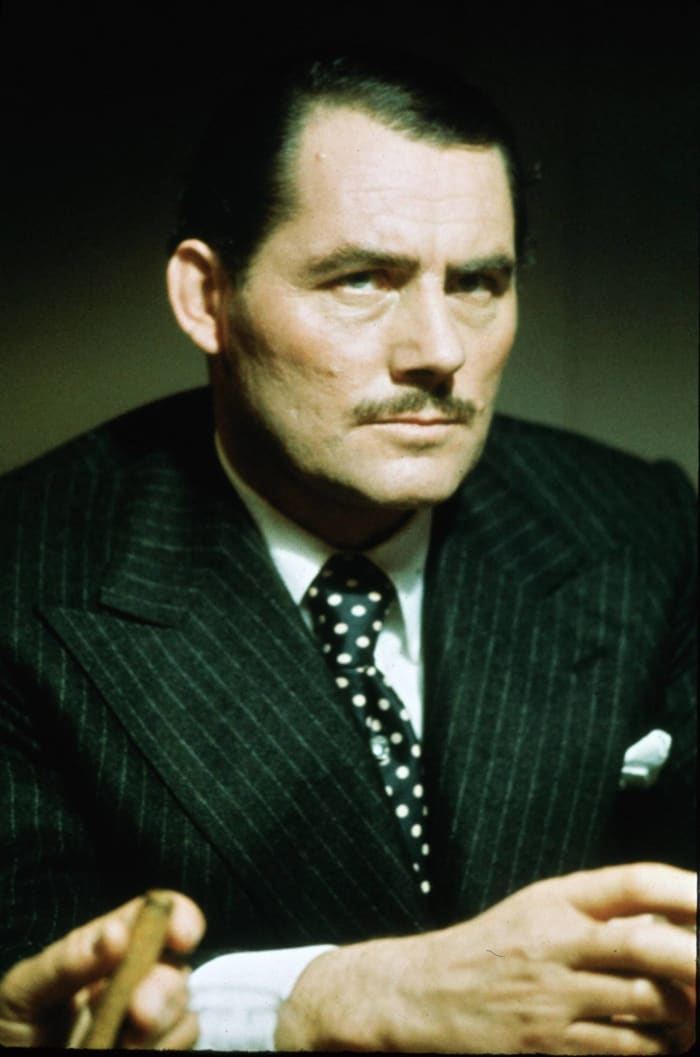
Lonnegan is a feared crime boss, even though he walks with a limp. It’s distinctive to the character, but it was not a choice by Shaw. He had slipped on a handball court in Los Angeles just a week before filming and damaged his knee pretty bad. That left him wearing a knee brace that could, fortunately, hide under 1930s-style pants. Shaw was really limping throughout the film.
“The Sting” is an homage to ‘30s films

While the movie is set in 1936, Hill didn’t want to make a movie that felt like the 1930s. Instead, he wanted to make a movie that felt like a movie made in the 1930s. The director watched a lot of films from that era and took things from them. For example, he didn’t use extras because he noticed how few extras were in ‘30s crime movies.
The title cards are also a throwback

The different sections of “The Sting” are introduced with title cards. That’s not something you see very often anymore, but there was even more that was a throwback with these titles. The title cards were designed to look like illustrations from the “Saturday Evening Post,” a popular publication for the ‘30s.
The music was anachronistic, though

“The Sting” is widely remembered for its ragtime soundtrack. This included a bunch of Scott Joplin songs that were reimagined by Marvin Hamlisch, who also contributed some original compositions. These days, you might think, “Of course, ragtime was surely popular in the ‘30s.” In reality, though, ragtime’s peak had already come and gone, and Joplin was not popular in the ‘30s. The reason they used the music was that Joplin songs were used in the 1931 crime movie “The Public Enemy.” It was another attempt to feel like a ‘30s crime film.
The soundtrack was quite successful
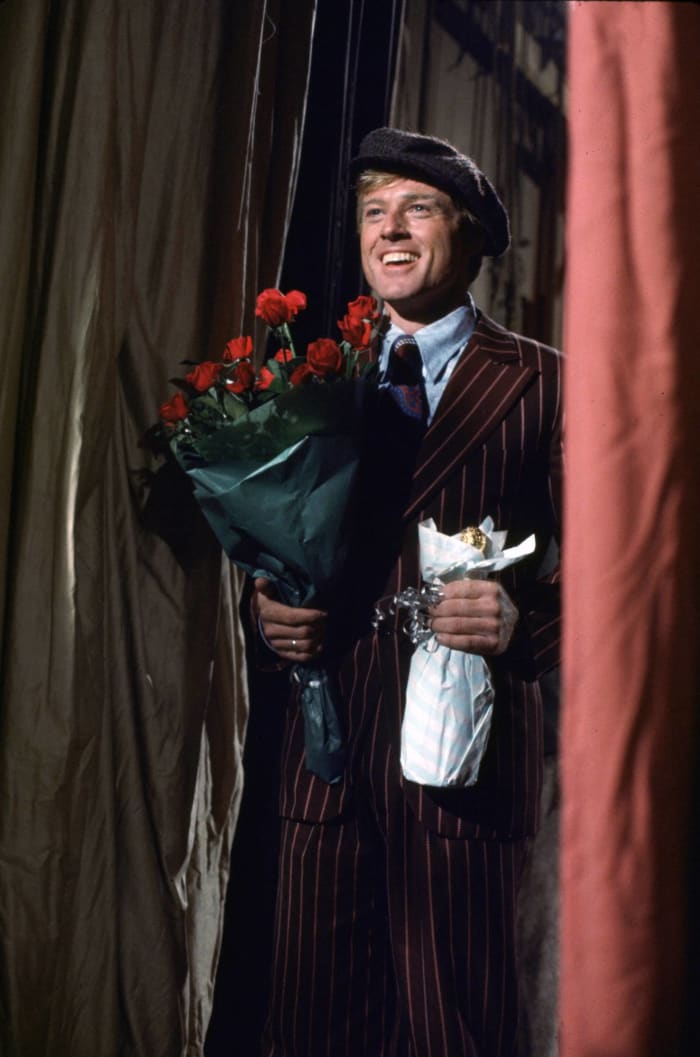
In spite of the fact, ragtime was antiquated music, “The Sting” sparked a renewed interest. The soundtrack became the number-one album in the United States. Yes, really. On top of that, Hamlisch’s version of Joplin’s song “The Entertainer” because a top-10 hit as well.
The title comes from a bit of con artist lingo

Each section of the movie is named after a different part of the con that Gondorff and Hooker are pulling off. “The Sting” is the final part of that con when the cons take their mark’s money. There is a lot of lingo that the audience was not necessarily aware of, but “The Sting” did its best to explain it.
Newman needed a hit
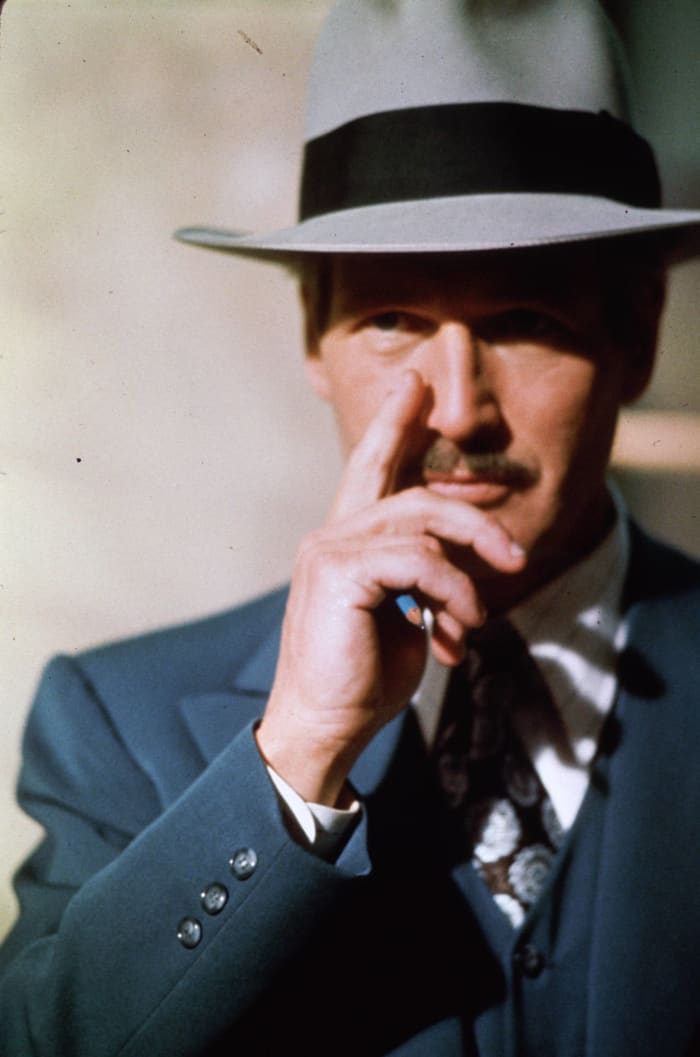
These days, we think of Newman as one of the biggest movie stars of all time. However, in the 1970s he endured a bit of a dry spell. Heading into “The Sting,” Newman’s five preceding films had all been considered disappointments. Had “The Sting” been lackluster as well, it could have sunk Newman’s career.
Fortunately for Newman, “The Sting” was a huge hit
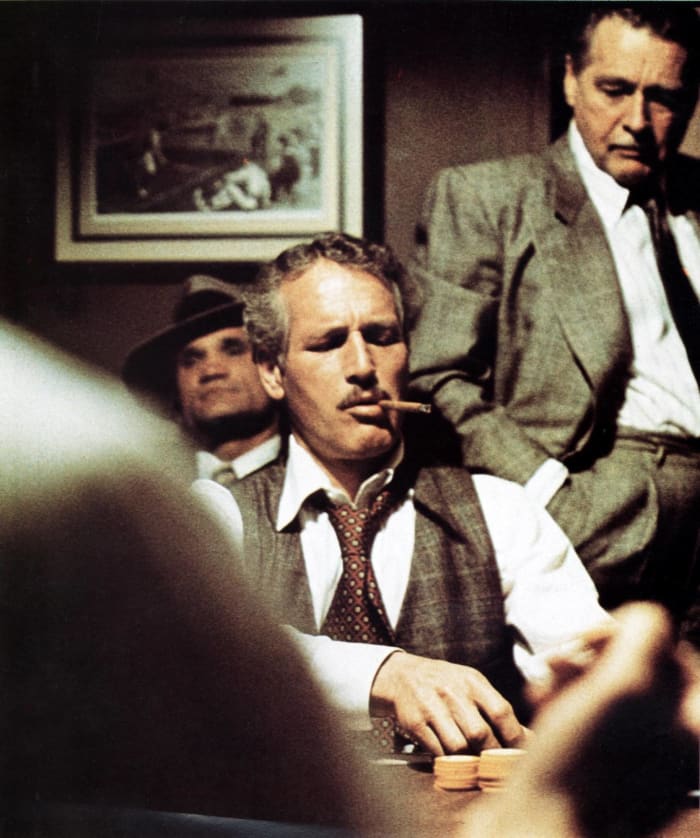
Basically, everybody loved “The Sting.” The critics adored it, including Roger Ebert and Gene Siskel. The audience went to see it in droves as well. “The Sting” was made for $5.5 million, but it made a hair under $160 million. Adjusted for inflation, that’s over $800 million.
The Academy loved it as well
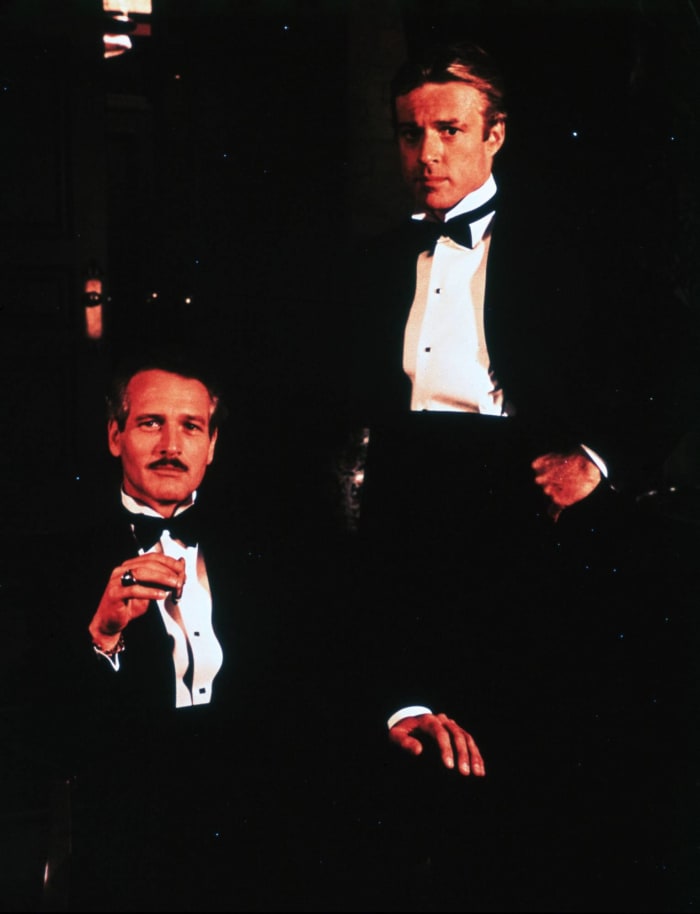
“The Sting” was nominated for a whopping 10 Oscars. On top of that, it won seven of them. Ward took home Best Original Screenplay, which basically made his career. Hill won for Best Director. It also won the big prize of Best Picture, sandwiched in between the first two “Godfather” movies.
There’s a sequel (that’s best forgotten)

A decade after “The Sting” came out, Hollywood decided it was time for a sequel. “The Sting II” is written by Ward, but that’s it for connections to the first film. Hill, Newman, Redford, and Shaw are nowhere to be seen. This time, Doyle Lonnegan is played by Oliver Reed, and Jackie Gleason and Mac Davis are the stars.
Paul Newman had a hand double
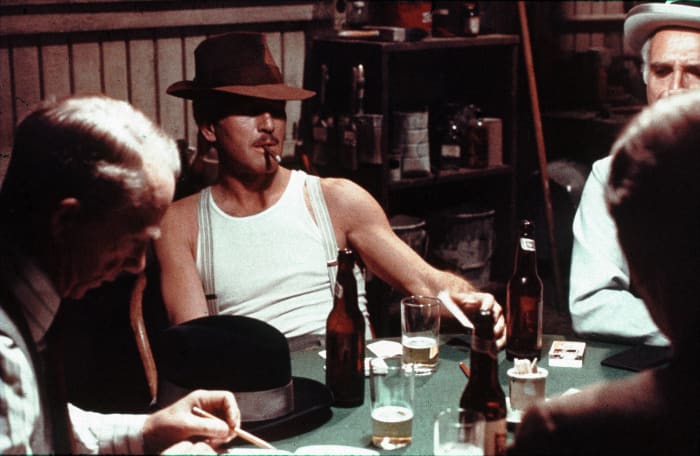
Newman’s character is a con artist and therefore is unsurprisingly a bit of card sharp. Learning card tricks would have taken Newman quite some time to get right, and they didn’t have the time for that. Instead, technical adviser John Scarne served as a hand double for Newman anytime he was doing card manipulation.
Edith Head won her final Oscar for “The Sting”
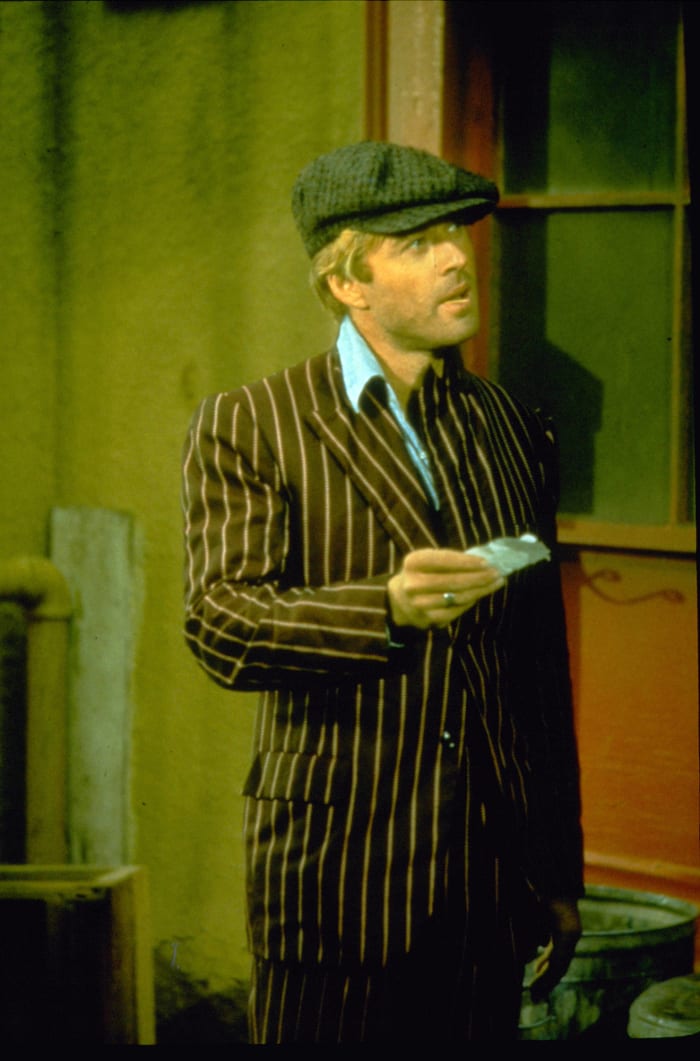
Edith Head is perhaps the most famous name in costume design. In her career, she was nominated for a stunning 35 Academy Awards. She ended up winning eight Oscars total, the last of which came for “The Sting,” which was her third-to-last film.
You might recognize the diner

“The Sting” wasn’t a movie that shot on location for a variety of reasons. You can’t just travel to 1936 Chicago. Instead, it was shot on the Universal backlot and sets often get reused in backlots. The diner in “The Sting?” It’s also the diner where Marty McFly meets his father George in “Back to the Future.”
A producer loaned a key prop

Tony Bill, one of the producers of the film, was also a fan of antique cars. This came in handy because he was able to loan the movie the 1935 Pierce Arrow that serves as Lonnegan’s car in the movie. It was extremely rare and had Bill not been a producer on the film they likely would have never found another car of that kind.
“The Sting” is a standout film for Redford in many ways
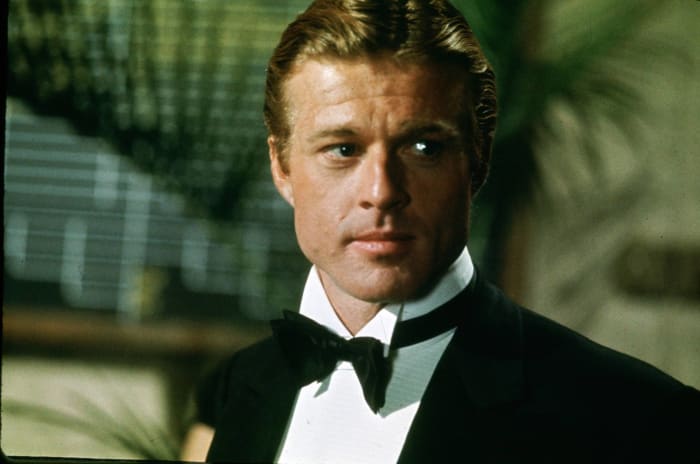
Redford won an Oscar for Best Director for “Ordinary People,” but he never won an Oscar for acting. In fact, he only has one nomination for acting. That nomination came for “The Sting.” Redford has said he’s retired from acting, though since then he has made a cameo in a Marvel movie and done a voice role. Still, it’s likely “The Sting” will go down as the iconic actor’s only nomination for acting.
Chris Morgan is a sports and pop culture writer and the author of the books The Comic Galaxy of Mystery Science Theater 3000 and The Ash Heap of History. You can follow him on Twitter @ChrisXMorgan.
More must-reads:
Trending in Entertainment
Customize Your Newsletter
 +
+
Get the latest news and rumors, customized to your favorite sports and teams. Emailed daily. Always free!
Use of this website (including any and all parts and
components) constitutes your acceptance of these
Terms of Service and Privacy Policy.

